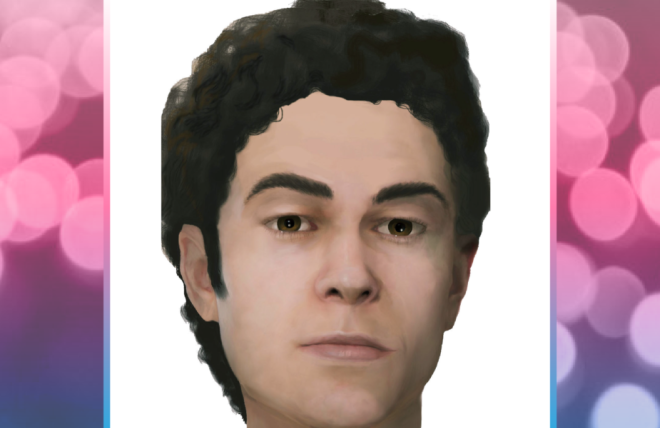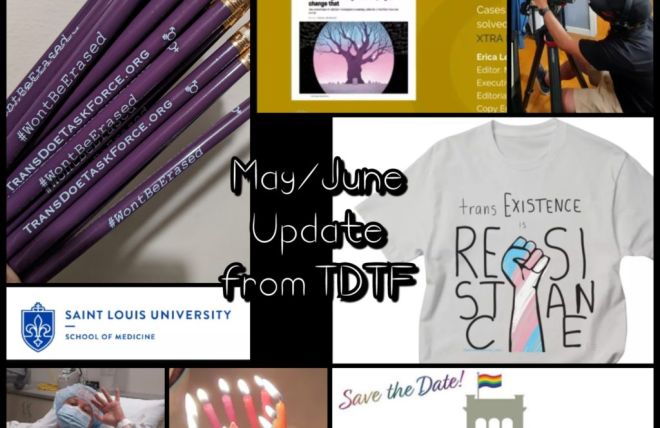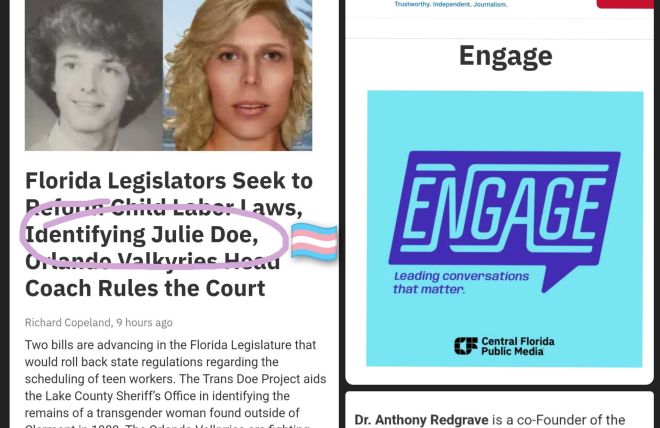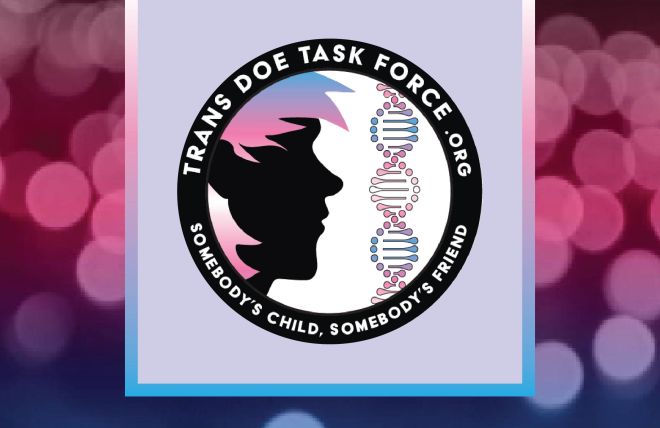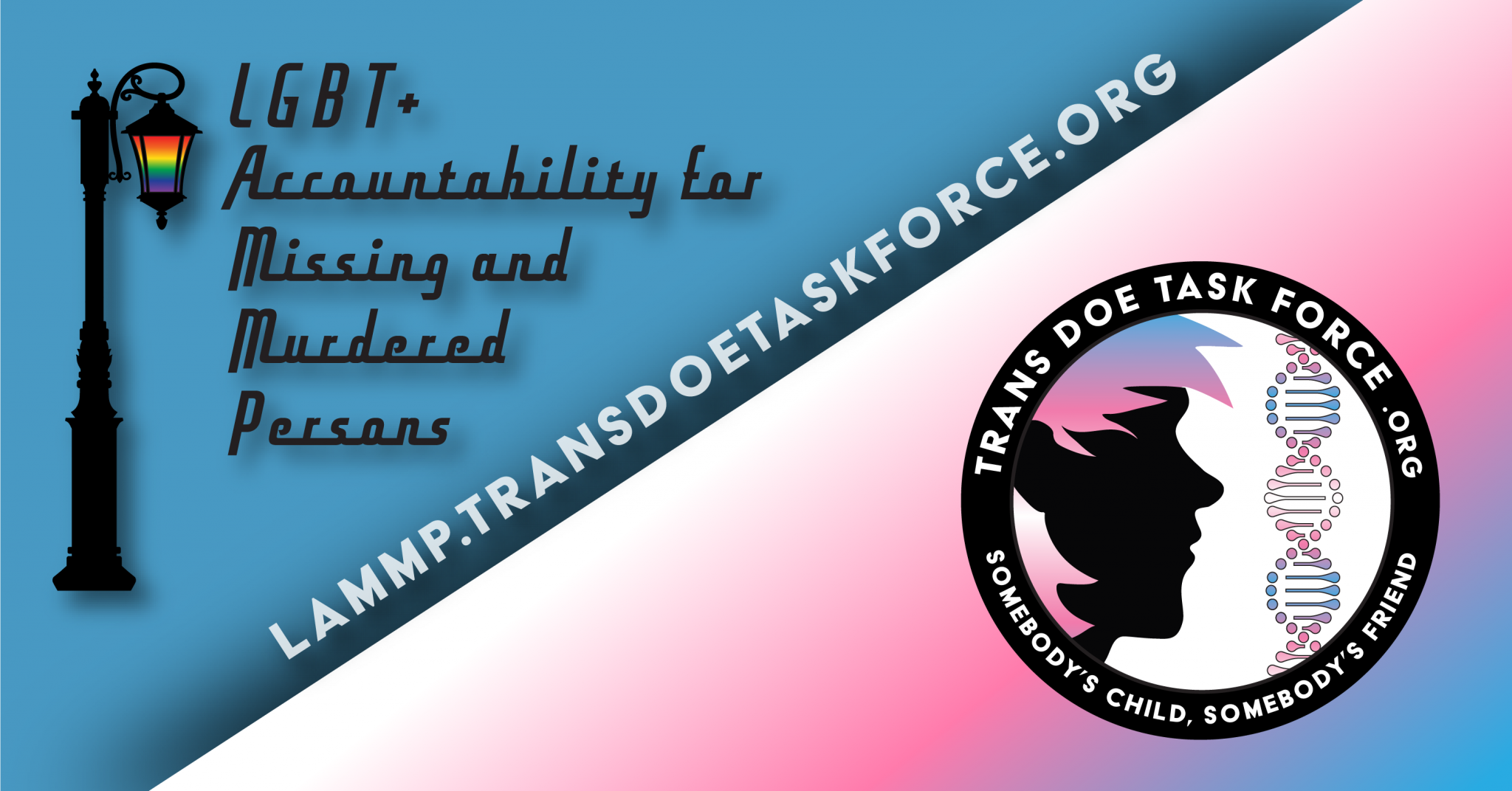
We have seen that there has been some confusion over how we determine if a case falls under our umbrella of services. The initial and primary focus of the Trans Doe Task Force has been gender variant Doe cases; however, with the addition of the LAMMP (LGBT+ Accountability for Missing and Murdered Persons) database we also consider cases of individuals who are anywhere within the LGBTQ+ spectrum as well as sexual minorities. All of these cases have been historically deprioritized or mishandled by departments for similar and often overlapping reasons. We will occasionally take on cases of unidentified deceased people who do not appear to be transgender or gender variant, but circumstantial evidence suggests that they may have been LGBTQ+ or the victim of anti-LGBTQ+ violence regardless of their actual identity or orientation in life. This is the case with Owensboro KY Doe whose case we just announced as an upcoming TDTF genealogy case. There is no evidence to suggest that he was gender-variant, but he was the victim of sexual assault and multiple forms of excessive violence. This is often a hallmark of hate-based fatal violence towards LGBTQ+ victims.
We always rule in rather than out when looking at cases. As in our assistance with the case of William Lewis, the previously unidentified victim of Larry Eyler, we were aware that he did not identify as LGBTQ+; however, Eyler was known to choose victims within the LGBTQ+ community. Based on Eyler’s victim profile, he was included in LAMMP. Similarly, we assist on cases of cisgender gay and lesbian missing persons, as well as sex workers and people within the kink community regardless of sexual orientation.
While we cast a wide net for the kinds of cases we include, sometimes additional research will show that a case does not fall within our scope. An example of this is a Doe from Worcester, Massachusetts. In this example, the information available via NamUS initially led us to believe that the individual may have been gender-variant, but upon contacting the agency and getting more details from the LGBTQ Liaison officer, we determined this to be a transcription error.
We do not expect that every unidentified person that we help to identify will ultimately be revealed to be LGBTQ+. We rule in, rather than rule out, because we don’t want to miss someone who should be included in our database and whose case needs additional help that we can provide. There really is no way to tell how an unknown dead person identified or what their sexuality was prior to identification. We have to infer information based on the circumstances, context, and clues available through the lens of our collective queer experiences as a team. The information regarding the identity and sexuality of a decedent or missing person might become available after they are identified or found, or it might not. If a person we help identify is ultimately shown to be cisgender and straight, then we are still very happy that we’ve been able to help return them to their family and/or loved ones.
Our organization is called the Trans Doe Task Force because first and foremost, we work for Transgender and gender-variant victims of homicidal violence, as well as missing persons. We look after the wider LGBTQ+ and sexual minority communities as a whole because of the importance of being unified against a long historical pattern of being deemed less important than the rest of the population, and the amount of overlap, gray area and fluidity of the nature of identity which may come into play with any of the individuals we may end up serving. We do not want to risk leaving anyone behind.
